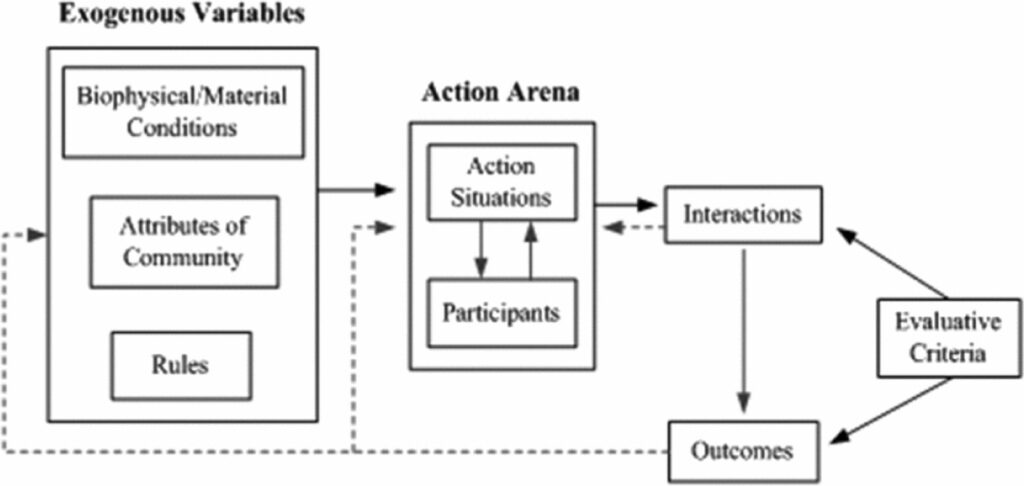What happens when the watchdog falls asleep?
For Danske Bank, it wasn’t just a nap—it was a blackout.
Between 2007 and 2015, its small branch in Estonia became the gateway for one of the largest money laundering operations in history. Over $230 billion in suspicious funds flowed through accounts that should have raised every red flag imaginable.
By the time the world caught on, the damage was irreversible: executives resigned, the bank faced billions in fines, and Europe’s regulators decided enough was enough.
What Happened at Danske Bank?
Danske Bank’s Estonian branch processed billions in suspicious funds, much of it from Russia and other ex-Soviet states.
The warning signs were everywhere:
Local employees flagged concerns, but headquarters ignored them.
Internal audits revealed risks, but nothing changed.
Correspondent banks like JPMorgan eventually walked away.
This wasn’t just negligence—it was a systemic failure of oversight.
Why This Scandal Was So Explosive
The Danske Bank scandal shook the global financial world because it exposed three uncomfortable truths:
Size doesn’t protect you. A tiny branch in Estonia destabilized a global bank.
Wilful blindness is fatal. Regulators punish ignored warnings more than honest mistakes.
Money laundering crosses borders. U.S. banks and regulators became involved, turning a local scandal into an international one.

How It Changed AML Rules
The fallout reshaped how AML compliance is enforced across Europe and beyond:
Stronger EU oversight → creation of a centralized AML Authority (AMLA).
Responsibility at the top → headquarters must own every branch’s compliance.
Stricter correspondent banking rules → banks now cut ties faster if partners don’t meet AML standards.
Whistleblower protections → more safeguards for employees who report misconduct.
The Regulator Ripple Effect
What started in Estonia rippled across the globe. Danske’s scandal showed regulators everywhere that financial crime could slip through small cracks and infect the entire system.
United States: U.S. authorities became more aggressive in cross-border cases, since dollar-clearing banks like JPMorgan were dragged into the scandal.
Nordic Region: Denmark, Sweden, and Finland toughened AML rules, placing pressure on all Nordic banks.
Global Banking: Correspondent banks worldwide began “de-risking”—cutting ties with institutions in high-risk regions unless compliance standards were proven strong.
G20 & FATF: The scandal influenced global policy debates, reinforcing the push for stronger beneficial ownership transparency and cross-border cooperation.
Danske’s failure didn’t just trigger fines—it redefined how regulators collaborate internationally.
Timeline of the Danske Bank Scandal
Here’s how the scandal unfolded:
2007: Danske acquires Sampo Bank in Estonia, inheriting high-risk clients.
2009–2012: Internal and external audits raise AML concerns, but little action is taken.
2013: JPMorgan cuts correspondent banking ties over suspicious flows.
2014: Whistleblowers sound the alarm about suspicious clients and transactions.
2017: Danish regulators launch investigations into the Estonian branch.
2018: Danske Bank admits failure; CEO and top executives resign.
2022: Danske agrees to pay over $2 billion in fines to U.S. and Danish authorities.
2023–2024: EU accelerates plans for the new AML Authority (AMLA).
Lessons for Startups &FinTech’s
So why should a startup or fintech care about a European banking scandal?
Because the same rules of trust apply, no matter your size.
Small cracks lead to big breaks. Even minor oversights can snowball.
Red flags are opportunities. Spotting them early builds credibility with regulators.
Global rules trickle down. Cross-border payments mean you’re playing in the same arena as the big banks.
Danske’s failure proves one thing: compliance is never “too early.”
Beyond the Scandal
The Danske case wasn’t just a headline—it was a turning point. It showed regulators how fragile the financial system could be when oversight slips, and it pushed AML from a box-ticking exercise to a boardroom priority.
For businesses today, it’s a reminder that trust is currency. The companies that thrive won’t just be the fastest movers or the most innovative—they’ll be the ones building systems resilient enough to outlast scandals.
Because in finance, your future isn’t just built on capital.
It’s built on credibility.












